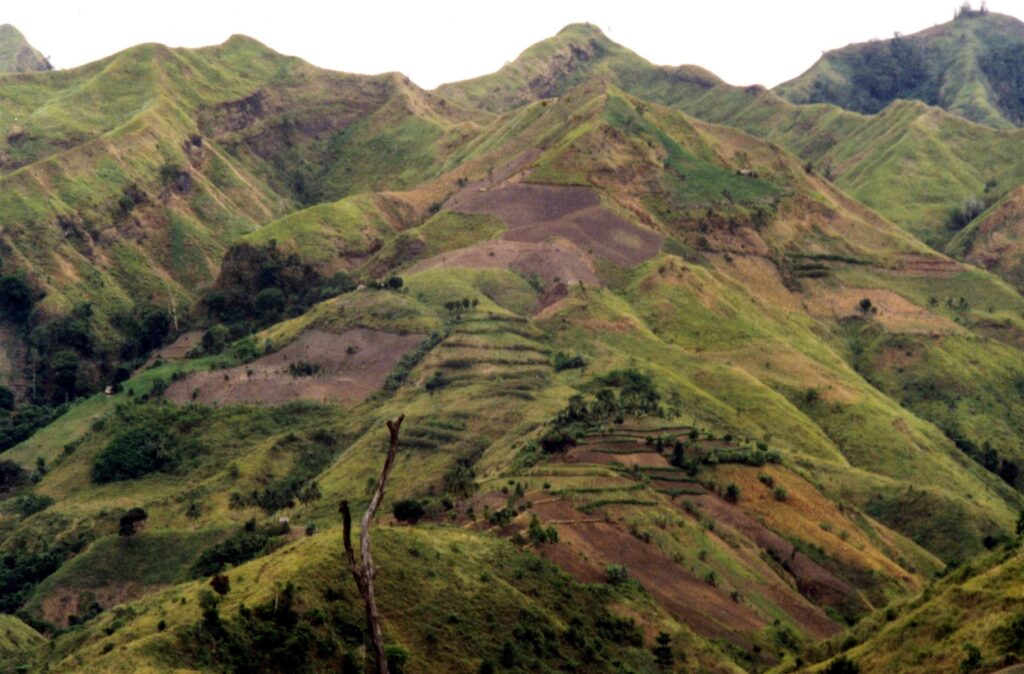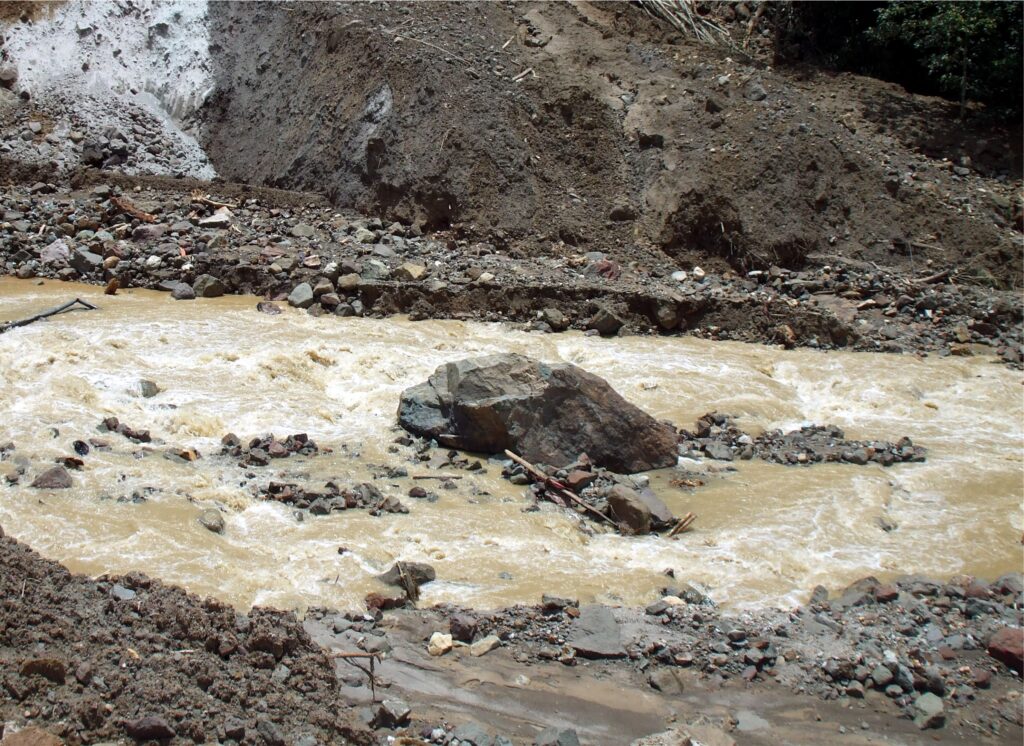Text and Photos by Henrylito D. Tacio
Soil: Ally in Food Production, vs. Climate Change. Without soil, there is no food. And yet oftentimes, people don’t pay attention to it.
“The multiple roles of soils often go unnoticed. Soils don’t have a voice, and few people speak out for them. They are our silent ally in food production,” pointed out Jose Graziano da Silva, director-general of the UN Food and Agriculture Organization (FAO).
“Soil is the basis for food, feed, fuel and fiber production, and for many critical ecological services,” said Hiroyuki Konuma, FAO Assistant Director-General and Regional Representative for Asia and the Pacific.
Described as “the reservoir for at least a quarter of global biodiversity,” Konuma said that soil “requires the same attention as above-ground biodiversity.” And yet, “the critical importance of soil to our daily lives is often overlooked.”
“Without soil, there would be no food apart from what the rivers and the seas can provide,” said former FAO Director-General Edouard Saouma. “The soil is the world’s most precious natural resource. Yet it is not valued as it should be. Gold, oil, minerals and precious stones command prices which have led us to treat soil as mere dirt.”
Soil, aptly described as “the bridge between the inanimate and the living,” consists of weathered and decomposed bedrock, water, air, organic material formed from plant and animal decay, and thousands of different life forms, mainly microorganisms and insects. All play their part in maintaining the complex ecology of healthy soil.
In the humid tropics, starting from a sandy base, soil can be formed in as little as 200 years. But the process typically takes far longer. Under most conditions, the soil is formed at a rate of one centimeter every 100 to 400 years, and it takes 3,000 to 12,000 years to build enough soil to form productive land.
“This means that soil is, in effect, a non-renewable resource,” says an FAO publication. “Once destroyed, it is gone forever.”
Soil is gone forever when it is eroded. “Soil erosion is an enemy to any nation – far worse than any outside enemy coming into a country and conquering it because it is an enemy you cannot see vividly,” said Harold R. Watson, an American agriculturist who received a Ramon Magsaysay Award in 1985 for peace and international understanding. “It’s a slow creeping enemy that soon possesses the land.”
Although soil erosion does occur naturally, the process is slow. However, man’s intervention has increased the rate of natural erosion. According to David Pimentel, an agricultural ecologist at Cornell University, exposed soil is eroded at several thousand times the natural rate.

“Under normal conditions, each hectare of land losses somewhere between 0.004 and 0.05 tons of soil to erosion each year – far less than what is replaced by natural soil building processes,” one study reported.
Several studies have shown that on lands that have been logged or converted to crops and grazing, however, erosion typically takes away 17 tons in a year in the United States or Europe and 30 to 40 tons in Asia, Africa, or South America. On severely degraded land, the hemorrhage can rise to 100 tons in a year.
“No other soil phenomenon is more destructive worldwide than is soil erosion,” wrote Nyle C. Brady in his book, The Nature and Properties of Soils. “It involves losing water and plant nutrients at rates far higher than those occurring through leaching. More tragically, however, it can result in the loss of the entire soil.”
But soil erosion is just a part of the problem. “Our soils are in danger because of expanding cities, deforestation, unsustainable land use and management practices, pollution, overgrazing and climate change,” FAO said on its website. “The current rate of soil degradation threatens the capacity to meet the needs of future generations.”
Aside from food production, soil can help to combat and adapt to climate change. “Healthy soils can play an important role in climate change mitigation by storing carbon (carbon sequestration) and decreasing global greenhouse gas emissions in the atmosphere,” FAO said.
In addition, agriculture contributes significantly to climate change through greenhouse gas emissions (GHGs). GHGs include carbon dioxide from burning fossil fuels, chlorofluorocarbons from air conditioners and refrigerators, methane gas from landfills and feedlots, and the nitrogen compound nitrous oxide from burning fossil fuels and fertilizers.
“If soils are managed poorly or cultivated through unsustainable agricultural practices, soil carbon can be released into the atmosphere in the form of carbon dioxide which can contribute to climate change,” FAO says. “As crop production has intensified, our soils have suffered the consequences. The steady conversion of grassland and forestland to cropland and grazing land has resulted in historic losses of soil carbon worldwide.”

The concentration of methane in the atmosphere has more than doubled during the past 200 years, scientists claim. Rice production has been cited as one of the major contributors of methane in the atmosphere.
“Rice is a plant that grows best in wet soil, with its roots flooded,” says L. Hartwell Allen, an American soil scientist at the Crops Genetics and Environmental Research Unit in Gainesville, Florida. “But flooded rice crops emit substantial amounts of methane to the atmosphere.”
FAO believes that by restoring degraded soils and adopting sustainable management practices such as crop rotation, zero tillage, conservation agriculture, agroforestry, and agroecology, there is the potential to decrease the emission of greenhouse gases from agriculture, enhance carbon sequestration and build resilience to climate change.
“If sustainably managed,” FAO claims, “soils can be part of the solution when it comes to climate change mitigation.”

